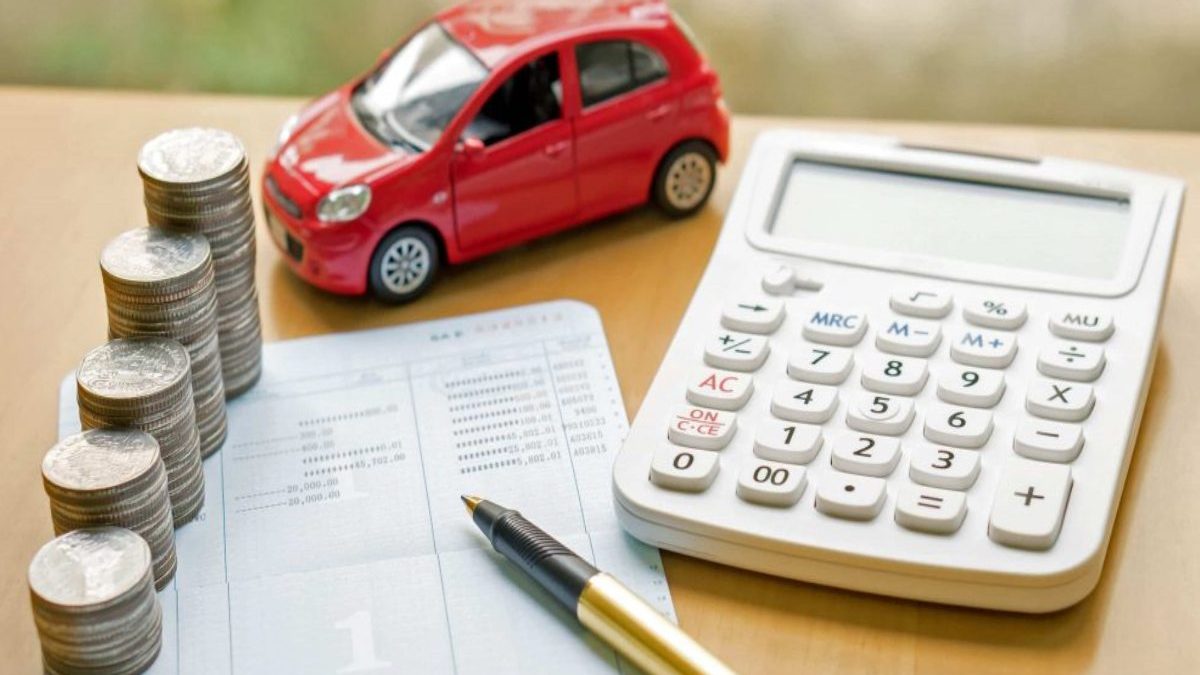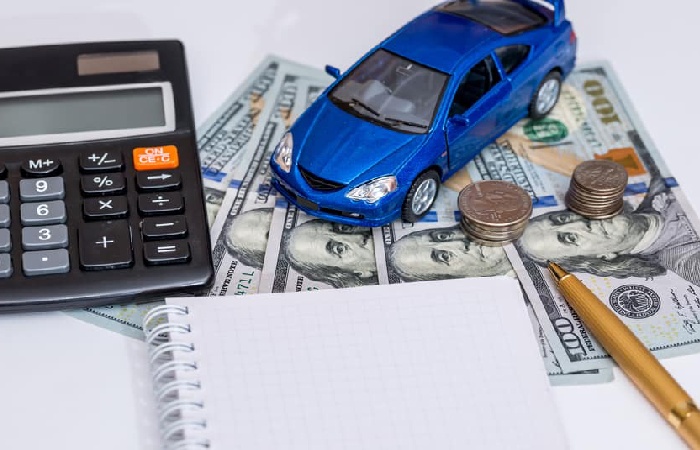Table of Contents
5 Car Lease Mistakes to Avoid
Car Lease – Introducing
Car Lease: Leasing is an excellent option for getting a car because you don’t need to worry about car maintenance or long-term commitments. With a car lease, your monthly payments are low, and you can get a vehicle. Failure to familiarize yourself with everything there is about car leases may result in costly errors. Here are five car lease mistakes to avoid.
Not Understanding How Leasing Works
If you don’t understand how car leasing works, you will make mistakes that might cost you dearly. Car leasing is a long-term agreement involving an initial upfront payment followed by fixed monthly payments over the contract period. You can buy the car, return it, begin a new lease, and go without a vehicle at the end of the lease period. Once you lease the car, the leasing company will calculate your monthly payment depending on the car’s depreciation.
Your lease agreement covers the lease period, your upfront cost, the vehicle’s current worth and value at the end of the lease period, possible termination fees, the miles you’re authorized to drive yearly, and the costs to pay once the lease period ends. With the help of a car lease FAQ and reliable guide, you can better understand how they work to make informed decisions.
Underrating your Car Mileage
Picking the correct mileage allowance for your lease deal is crucial because it will significantly impact your monthly payments. The higher the mileage your vehicle has, the lower its worth. The car will be worth less to the company with more miles driven. The leasing company will charge you more monthly to lease the vehicle to cover this cost.
Most leases often limit your miles to 12,000 or 15,000 miles per year. While you can use these figures to estimate your car mileage, it’s advisable to calculate yours based on your situation. If you exceed the estimated mileage, you may be charged for each extra mile.
Failure to Negotiate the Lease Agreement
Negotiating your lease agreement is the best way to save money. While negotiations might seem challenging, the proper knowledge and skills can help you land the best deal. Start by learning the lease agreement jargon to boost your confidence during negotiations. Research lease deals on the car models, make you like them, and contact every dealership for confirmation.
With this knowledge, you can negotiate the buyout price, gross capitalized cost, disposition fee, money factor, and mileage allowance. Unfortunately, you can’t negotiate the residual value and acquisition fee.
Not getting gap insurance
Gap car insurance may be required when leasing a vehicle as it covers the outstanding amount on your leasing agreement if it’s written off or stolen. Should the leased vehicle declare a total loss, GAP insurance caters to the difference between the car’s value at loss time and the balance owed on the lease. This gives you peace of mind while ensuring a financial shortfall doesn’t affect your lease agreement.
Ignoring your credit score
Your credit score is a crucial determinant of how much the lease will cost. Large purchases, debts, and also credit cards can impact your credit score, causing issues with your lease. With an excellent credit score, you can leverage low-cost leases, saving money.
Endnote
While vehicle leases can be rewarding, any minor error can be costly. Consider avoiding these mistakes when leasing a car for a seamless experience.



